Stay up to date with Tempo Announcements and News
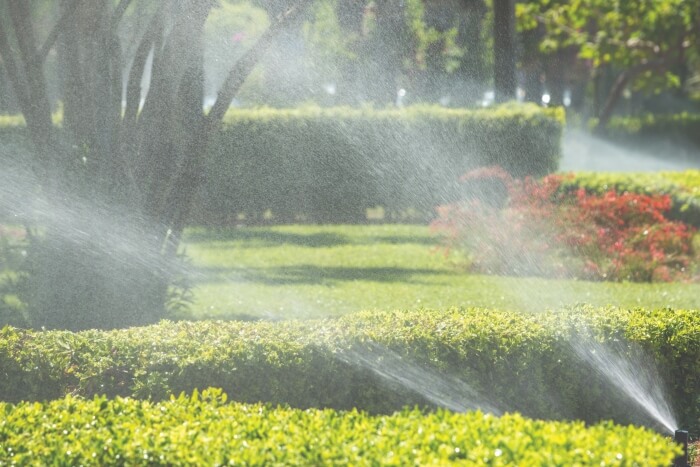
Troubleshooting Two-Wire Faults
Irrigation Technicians are generally proficient at troubleshooting conventional multi-wire systems, where the controller directly connects to valve solenoids via individual field wires. The resistance of each circuit offers valuable information about its condition.
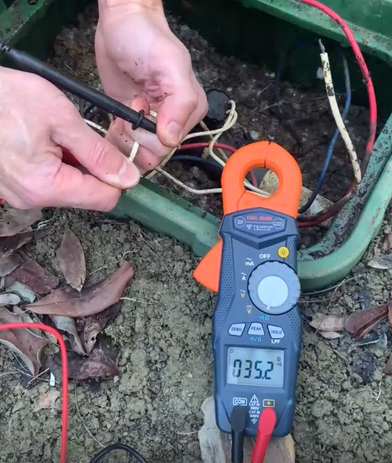
Typically, healthy circuits exhibit resistance levels ranging from 20 to 60 ohms, predominantly within the valve solenoids. The voltage applied to these circuits should be between 24 and 30 volts. These are the basic measurements to look for when troubleshooting multi-wire systems with a multimeter, and tools like the Tempo 24B Station Master Pro can further simplify pinpointing issues when an irrigation system underperforms. However, troubleshooting two-wire systems entails a different process and necessitates additional tools.
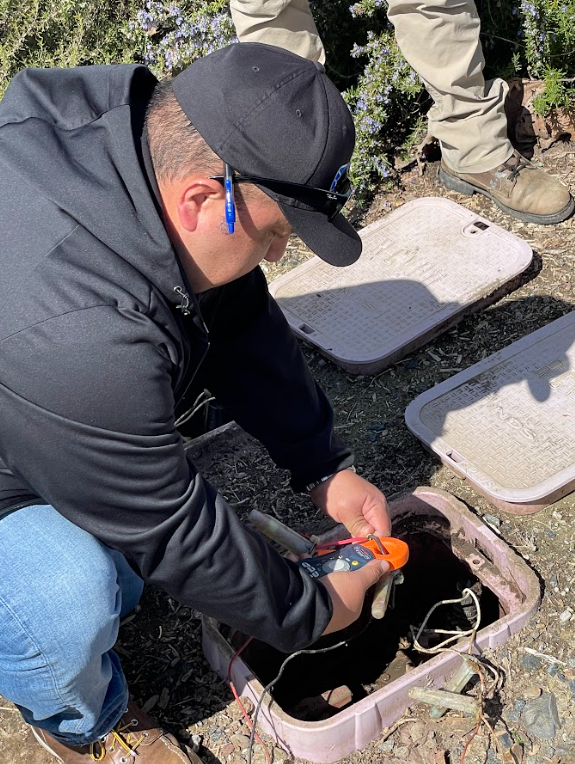
While two-wire troubleshooting can be done with a standard volt/ohm meter, milliamp clamp meters are an essential time saver. They don’t require disconnecting wire splices, an operation which is messy, costly, and can potentially introduce new problems. Unlike multi-wire systems where resistance measurement is key, understanding the milliamp current draw of decoders is paramount in two-wire systems.
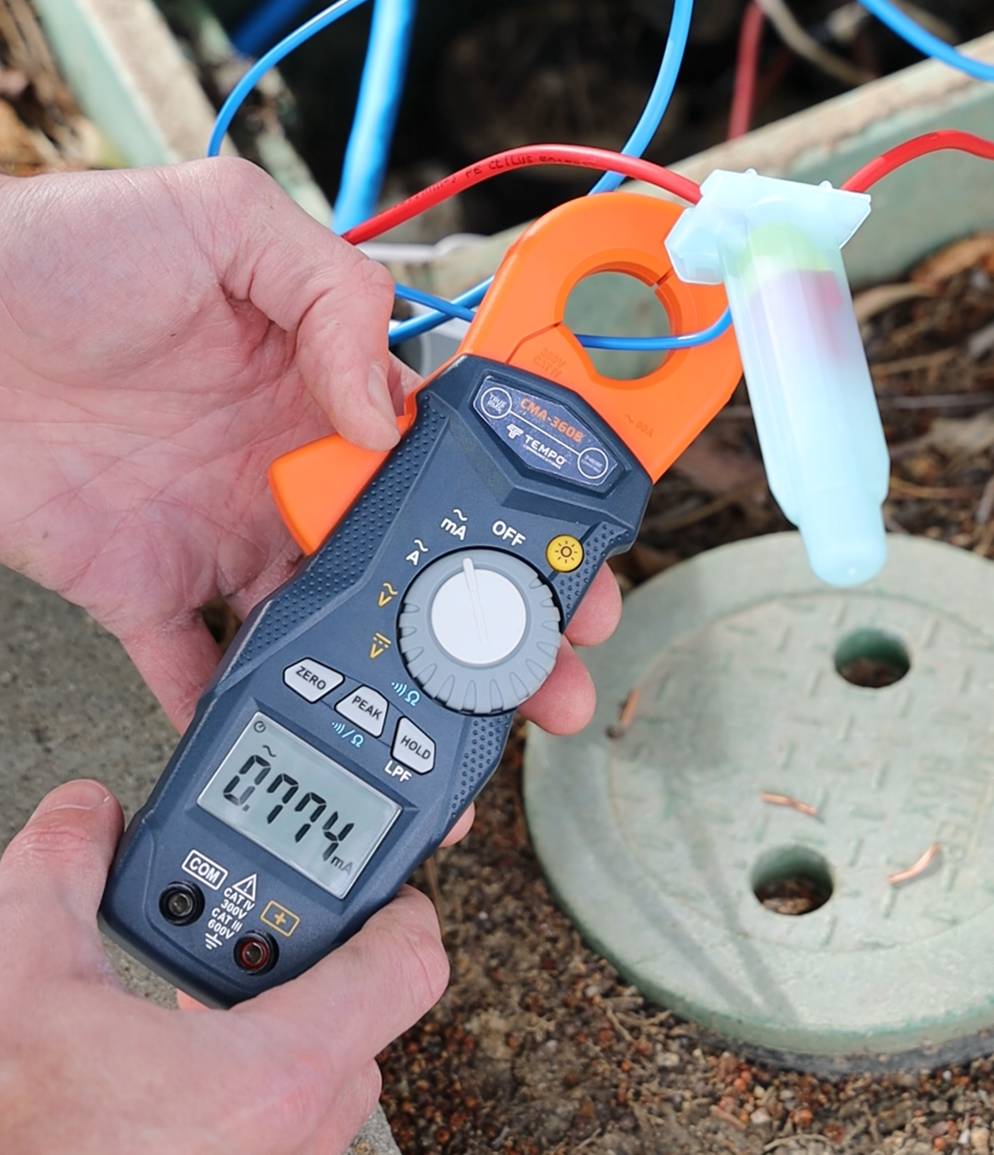
Like solenoids and resistance, decoders of a particular make and model will draw a very specific and predictable amount of current when idle, that number generally falling somewhere between 0.5 – 5.0 mA. Some may draw more, but those tend to be sensor decoders, not valve decoders which will make up the vast majority on any given two-wire path. This is especially valuable information since measuring the current draw of a two-wire path will reveal what types of problems may arise later. Even for the largest systems, no more than eight measurements would need to be taken if they are done at strategic halfway points along wire paths.
Faulty/compromised splices are typically to blame for any two-wire system’s failures. If a current measurement is lower than the baseline, it is likely that a single faulty connection has effectively detached a portion of the wire path. Once a current measurement shows zero, it typically means that a break is upstream. If a current measurement is higher than expected, then a faulty connection may have allowed corrosion to seep into a decoder causing an internal short circuit. Alternatively, faulty connections on both wires could be giving current a path between them through the moisture in a valve box. Once the measurement drops significantly from a high reading down to a normal or low reading, it is safe to assume that the short or ground fault is back upstream.
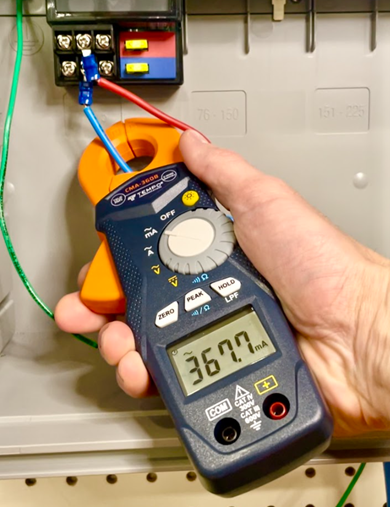
To use a Milliamp Clamp Meter like the CMA-360B properly to take current measurements, it must be set to mA, then clamped around only one of the two wires at a time, avoiding the cancellation effect that occurs when clamping around both wires simultaneously. If current distribution between wires is unequal, it will yield a non-zero reading indicating, a fault to ground on one of the wires downstream. In any case, it is best practice to individually measure each wire at the beginning of the wire path. If a high current is detected on one wire, further measurements along that wire should be taken to narrow down the fault.
To summarize:
The vast majority of two-wire faults stem from compromised wire splices.
Decoders draw specific current amounts (0.5 – 5.0 mA) depending on manufacturer and model.
Use a Clamp Meter set to mA and clamp around one wire at a time.
Measure downstream current draw at various points along the wire path.
Deviations from baseline readings indicate issues such as faulty splices, bad decoders, or wire breaks.
High current on both wires suggests downstream shorts, failed decoders, or faulty splices causing current leakage via surrounding moisture.
High current on only one wire indicates downstream leakage to ground.
Low current indicates disconnected wire sections downstream.
Zero current indicates bad connection upstream.
Verify decoder condition by measuring current on decoder wires.
While there are more advanced techniques, adhering to these basics with a milliamp clamp meter will aid irrigation technicians in addressing most two-wire faults. As knowledge of checking current draw on two-wire systems becomes commonplace, Tempo Communications remains committed to supporting technicians in enhancing their troubleshooting expertise.
